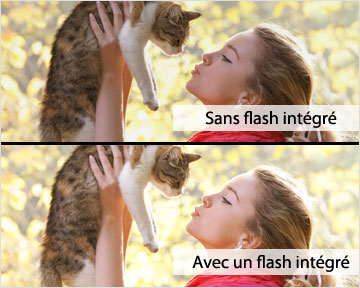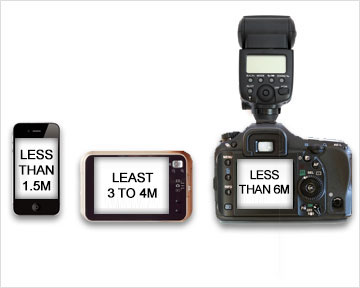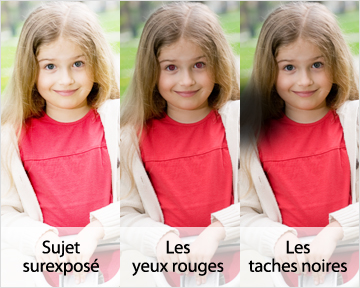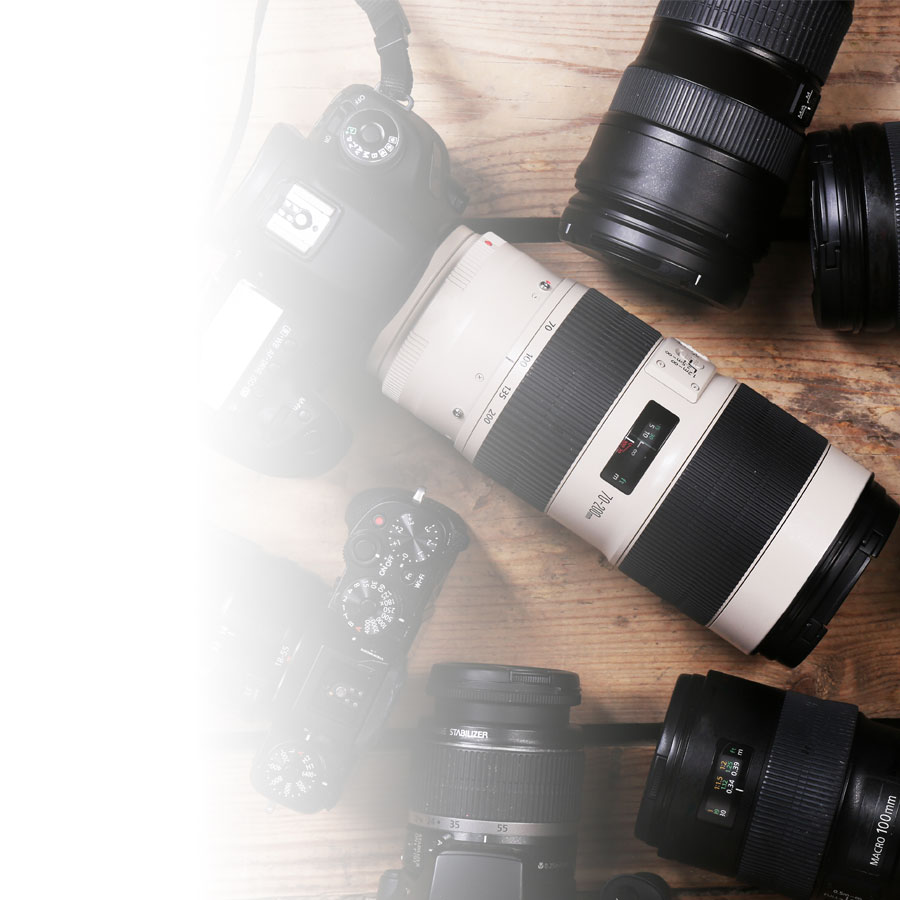Pale skin tone, red eyes, greenish light... Flash photography doesn’t always deliver the desired results. However, your camera’s flash can be a precious ally, as long as you use it properly and at the right time.
Built-in vs. external flash
All cameras and cell phones have a built-in flash. But an external flash is a very handy accessory to have. It’s designed for cameras that have a hot shoe, like reflex, prosumer and hybrid cameras. External flashes have much more power than built-in flashes—whatever the situation, an external flash outperforms a built-in flash.
Manual vs. automatic flash
The flash, which is identified in your camera’s menu by a lightning bolt icon, may be automatic. If so, the camera determines whether it is needed or not. However, in automatic flash mode, the camera has a tendency to slip up. Thus, it’s better if you decide whether you want the flash on or not, depending on the circumstances.
When should you use a built-in flash?
Its limited range and power won’t do you any favours when shooting in the dark: red eyes, overexposed faces and underexposed backdrops are likely to happen if you use a built-in flash at night, for example. However, a built-in flash will come in very handy when you need extra lighting when shooting in broad daylight, or to make the subject stand out from his or her surroundings. Fire the flash when you’re shooting into the light, otherwise your subject will be lost in shadows. If the sun is too powerful, concentrate the light measurement on the subject (by activating spot metering) rather than on the whole shot.

The right distance
Your flash’s range is the distance that it is capable of lighting. A subject that is outside of its range will not be lit. This means it's pointless to use your flash at a concert if you’re over 65 feet from the stage, for example. You’ll only shed light on the spectators in front of you. To make sure the flash lights your subject, here’s an easy way to tell how far away you should be:
- less than 5 ft. away when using a cell phone
- less than 9 to 13 ft. away when using compact cameras
- less than 19 ft. away when using an external flash
As long as you respect these distances, the flash will be able to calculate the amount of light needed to properly light the subject: not too little, not too much. When using an external flash, just activate the TTL mode.

Pitfalls to avoid
| Common problems | Solutions (built-in flash) | Solutions (external flash) |
|---|---|---|
| Overexposed subject | Step away from the subject so that the flash is not so close. | Combine these solutions: decrease the intensity of the flash, then use a diffuser and light reflector. |
| Red eye | Set your camera to the anti-red eye mode. Ask your subject to look at a light source right before you photograph them. Correct red-eye using image editing software (this service is offered at Jean Coutu photo counters and on Jean Coutu’s website). |
Direct the flash towards the ceiling. Try the solutions in the left-hand column. |
| Black spots | This problem mainly affects people with compact cameras whose flash does not pop out of the body. Fingers may obstruct the lens, which is what causes the dark spots. | |


